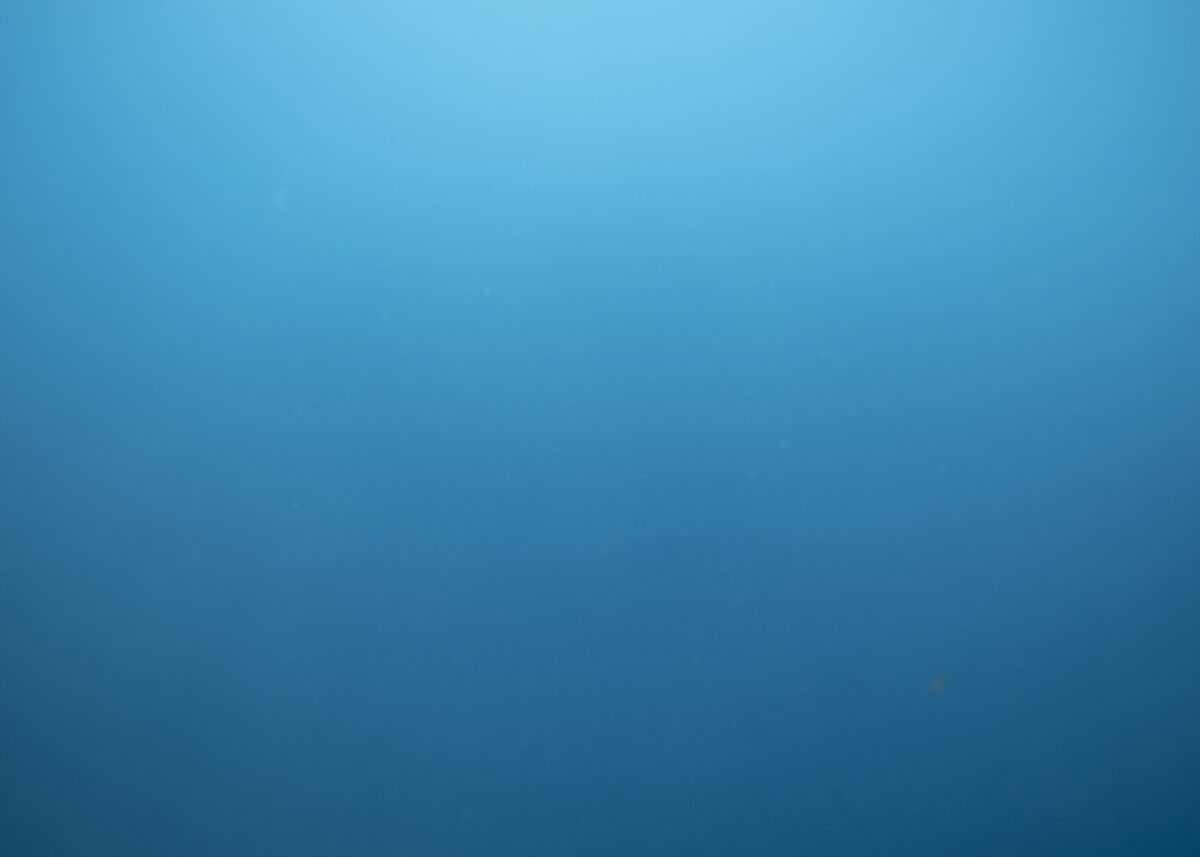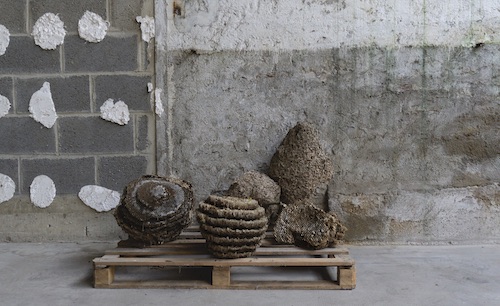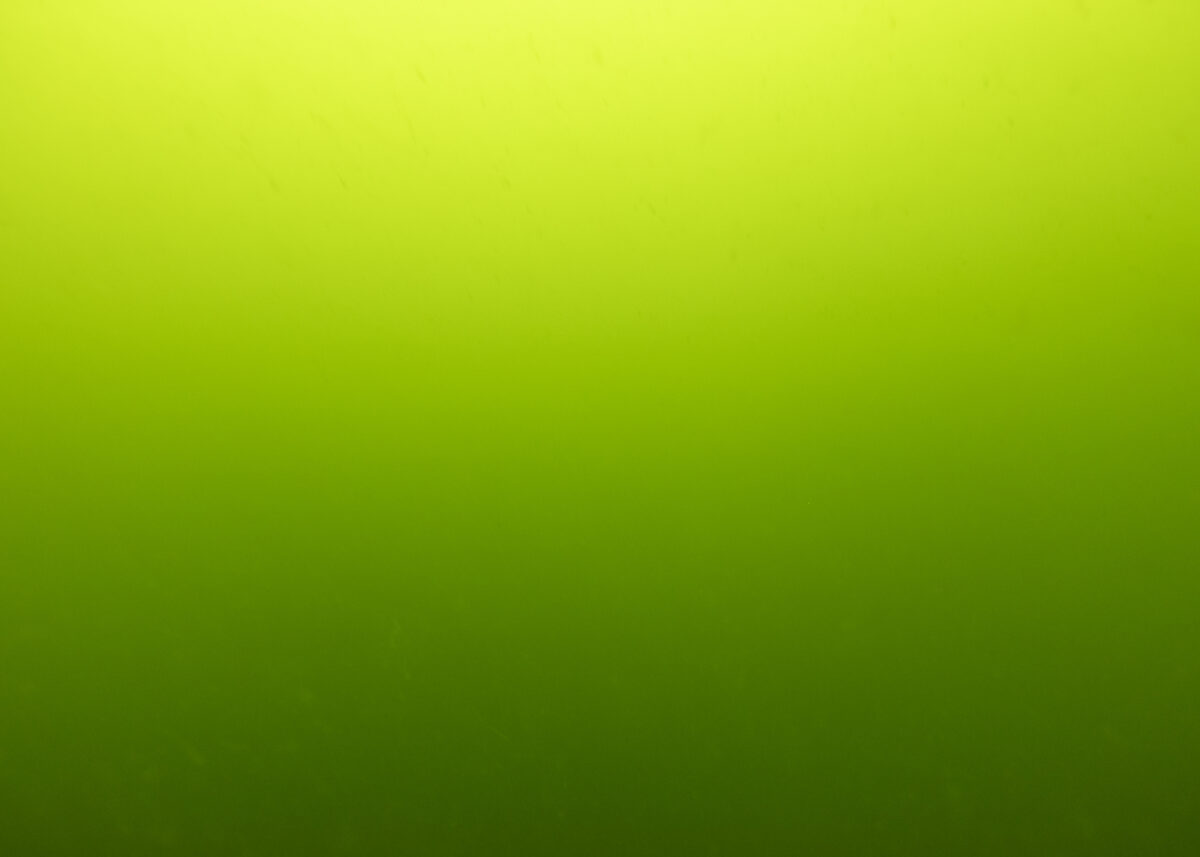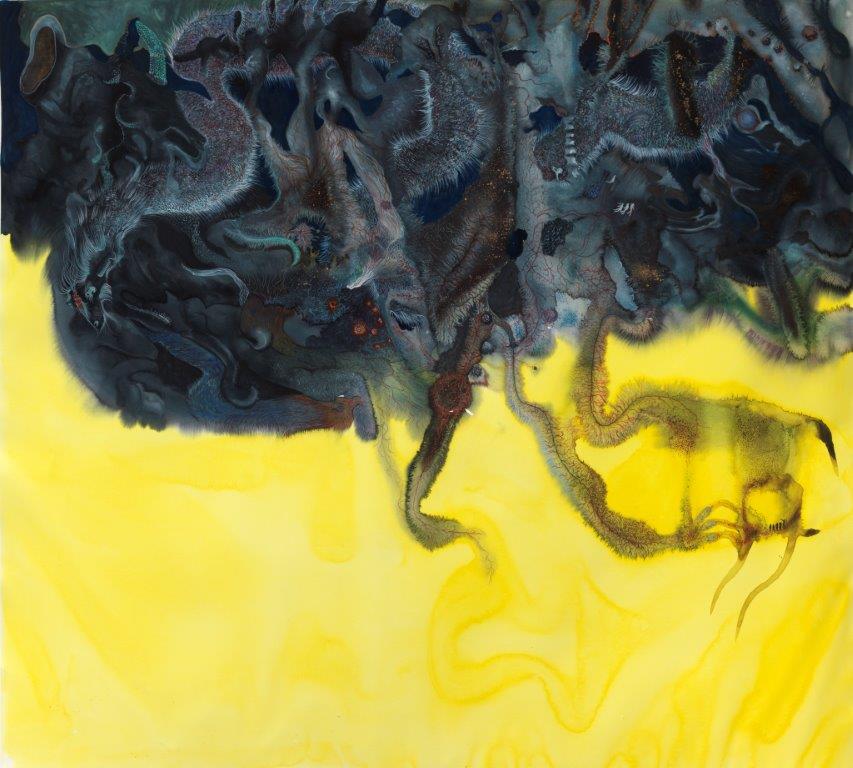
CALL FOR PROJECTS COAL PRIZE 2025: Freshwater
The COAL Prize 2025 dedicated to fresh water is a call to fight against the drying up of our sensitivities…
Image credits: © Louis Guillaume, Nids de frelons asiatiques récupérés entre octobre et décembre 2018. Présentés sur une palette avant d’être utilisés puis transformés.
Published on 4 June 2020
As part of the COAL 2020 Award, ten artists’ projects have been nominated as finalists for this eleventh edition. Each day, we offer you a meeting with one of the nominated projects, until the winner is announced.
Louis Guillaume was born in 1995 in Rennes, France. He lives and works in Rennes, France.
Louis Guillaume is a young artist of twenty-four years old, recently graduated from the School of Fine Arts in Rennes. His practice has been nourished by numerous trips between Europe, Asia and America as well as multiple collaborations with gardeners and botanists.
For his installations and sculptures, he gathers according to the seasons and realizes works often ephemeral, making the forms of the living his main axis of development and research.
PROJECT NOMINATED FOR THE COAL 2020 AWARD : SEASONS AND SPECIES, STRUCTURES OF LIFE
Like a hunter-gatherer in permanent search of what will serve him as material, Louis Guillaume surveys the environments like so many gardens where the harvesting and supply zones of natural resources are mapped, specific to each period of the year. He looks for natural alternatives to what exists industrially, sometimes calling upon forgotten traditions. Glue made from birch, pine resin or mistletoe, worm castings, it is the plastic and usual link that binds it to the material. Imitating the plant, he tends towards an autonomy of the means and takes care of his ephemeral realizations as one takes care of a plant, in gardener.
With Seasons and species, structures of the living, he wishes to develop these experiments centered on the seasons and the bad weather which guide his creation: picking up abandoned hornet’s nests after certain gales, taking advantage of poplars in May during their optimal pollination period, collecting turricula where it is most loaded with clay-like material, studying the internal honeycomb structure of the stipes and leaves of the Abyssinian banana tree in June, holly in July, angel hair in August, mistletoe in December, and then oyster shell for the rest of the months in -ber…
The question of time is omnipresent in the living. To get closer to it is to activate a deceleration, to open up to a world that must be observed to be understood and touched. Through this process of biomimetic digestion, Louis Guillaume builds a future oriented towards technical progress that is also found in these ever-innovative forms of life and these skills that have been present for much longer than we have.
Describe your current environment, how do you live this covid-19 era? How does this situation influence your artistic process?
I live it strangely well. I left my apartment and my studio in Rennes to come to my parents’ home in La Rochelle. I’m in a pretty nice confinement situation, surrounded by my family and a garden. Everyone around me is fine, that’s an important point. I live pretty much normally thanks to all those people who are mobilized on the ground and who do their best to prevent the world from falling into total chaos. Otherwise, I’m outside most of the time, in my garden which I never finish observing. I also think that it is a real opportunity for nature, which is in the middle of its reproduction period, to give its best to ensure its survival. Artistically, my sculptural practice has gone into hibernation, while the practice of drawing and painting, which I had buried since my entry into the Beaux-Arts, is regaining its colors. The current situation is full of constraints, we have to see how we can be inspired by them, working with the constraint is always something formative. I am also currently writing a screenplay about the snail. The idea came to me while I was gardening and a slug started making patterns on my t-shirt. The story will evoke situations of confinement, while basing the narrative around a young man, from an upsetting encounter, to a metamorphosis, evoking questions about gender.
Where does this sensitivity to life and plants come from? And what fascinates you about the seasons, the climatic conditions that govern an environment, the organic materials?
I have long had a sensitivity for plants, which my father, a garden enthusiast, was able to awaken and sharpen. On an artistic level, it is all forms of life and their behaviors that interest and inspire me: the potential of adaptation of plants, the way they cohabit in an environment, the network of interdependence of each element. In mimicry to the forms of the living, my creations are ephemeral, in constant evolution over time. For me, the term “work” encompasses the whole process of harvesting and transformation up to the plastic realization. Like a nomadic architect, everything is invented: from harvesting, to storage, to moving, to the moment of installation. All of this, in a cycle that continues through the seasons and movements. The installation or the “finished” plastic realization is only a stage in the life of the work. This is surely why I expose them in suspension, in a situation of expectation, fragility and lightness.
Did your training at the Beaux-Arts de Rennes encourage you to develop this interest in the living world? What is the place given to the living in the Fine Arts? More generally in contemporary art?
I think that it is more and more present within the Fine Arts. In particular I believe by the presence of Nicolas Floc’h, teacher at the school and very invested on these questions. The projects he sets up within EESAB play a role in raising awareness among students. I had the chance to evolve my practice by confronting it with his eyes. I then had the opportunity to do a residency on OAO, his marine exploration boat. This allowed me to discover a rich and still under-represented environment. I’m getting more and more interested. I also think of Kristina Solomoukha who brought me a lot of knowledge about the implication of art on the political world.
Working with the living, the organic, poses the question of the effects of time, because it is often about works that are not preserved. According to me, the stake is there finally: to consider/accept the work of art in its transformations, its instability, its ephemeral character.
Tell us about a process of transformation between the materialcoltand the plastic realization you get from it?
I don’t transform the material directly, at least not all the time. I try to preserve as much as possible the material I find, to be able to reuse it in my creations. This until exhaustion.
The real transformation is expressed by my plastic realization which must adapt to its displacement, its installation, then its storage and so on. That’s why they are often designed in kit form, to be arranged, modular and expandable according to the location.
Nevertheless, what often happens is that I take material that is pre-processed by natural processes. For example, the nests of Asian hornets. They are made of wood bark, from a multitude of trees – preferring the softer old wood to make their nests. By seizing it, I interfere in my turn in the evolution of the matter which already underwent the transformation of hornets. Then I powder the nest to make sculptures mixed with pine resin. The term transformation is a change of state, of forms.
In Mexico I worked with orange peels thanks to a merchant who peeled them into thin strips. A shape I had never seen before. I only had a few hours to take advantage of its elasticity to braid it. The heat crystallized the whole quickly. Later I realized that the ants had appropriated my realization in their turn. They dissected the skin in order to bring it to the ant farm. The circle was complete.
Creating from nature, what’s the difference? Can we say that art is already in nature? Nature in art? Also, how do you situate yourself in the art/craft border?
The art forms are in the nature indeed, one could not think to appropriate them and to make better. But these forms also appear through the eyes of man, it is precisely by combining and trying to cross these views that we can try to create interesting things. Establish a parallel relationship with the living and the human instead of a perpendicular relationship. To create from nature is to adopt a behavior of observation, of patience, a deceleration in the process of manufacture. Personally, I try to reconnect my practice with certain traditions, crafts, which work in contact with the material, which make us experience the material.
How do you envisage the exhibition of your ephemeral and moving works ?
I try to move away from the white cube but the work, as ephemeral and moving as it is, needs to be contextualized. For my graduation exhibition at the Beaux-Arts de Rennes, I chose to exhibit in the Thabor park, more specifically in the botanical greenhouses. This contextualization in this park allowed to find the link with the origin of the materials. My intention was also to encourage an approach for a wider audience. For this reason, in the future I would like to get closer to botanical parks and natural spaces for the exhibition of my work and keep this link with the environment of my research.
I also wish to develop my research around the live show and the performance. The materials I use lend themselves well to this. My creative process already has a choreographic and dreamlike part.
How do you think about the forms and temporalities of your sculptures ?
I get inspired by observing the behavior of plants, insects, animals, but above all, I choose the materials I want to work with, according to the characteristics of those I collect: their elasticity, their plasticity, their flexibility. I am inspired by the characteristics of the material, what it carries with it, what it has integrated to adapt and evolve.
What is your environmental commitment as an artist and citizen?
As an artist, I intend to be part of this collective movement of awareness and protection of life. To open my production with scientists and actors involved in the preservation of species, plants and the environment. Promote a creative process that respects the environment at all stages. Passing on to the younger generation is also essential. In collaboration with Béatrice Guilleman we have animated workshops in an elementary school around the questions of collecting natural materials or transforming them in order to conceive in three dimensions a world more in connection with nature. I also designed the scenography for the choreographer Corinne Duval who thought of a show for young children, entirely conceived from natural materials in order to sensitize the children to the awakening of the senses, to the sensations procured by the contact with the organic. In this work of sensitization, the aesthetic part is important because it allows a first catch, it allows to attract the glance from a form, from a sculpture, and to sharpen the curiosity of people. In the context of my exhibition at Le Thabor, for example, some people left the exhibition wanting to be more attentive to certain materials I had worked with. The preservation of our environments comes from our attention and the way we look at them.
How do you imagine the world to come?
I think that there is a growing awareness of the value of life. Around me I hear a lot about the desire to open farms, to get together, to reconnect with the environment. But this awareness must also be supported by concrete political decisions. That’s why I’m happy to be able to participate thanks to COAL in the IUCN Nature Congress to bring an additional voice to the association. It will be necessary to renew this link with the living that we have put aside. Bio-mimicry, bio-inspiration can also bring the part of progress that is essential to man. Man is an undisciplined phasma. It is necessary to assimilate the good movement to have on the branch not to break it, that one adopts the good behavior to melt in the environment without affecting it too much.
Featured image: © Louis Guillaume, Asian hornet nests recovered between October and December 2018. Presented on a pallet before being used and processed.
The COAL Prize 2025 dedicated to fresh water is a call to fight against the drying up of our sensitivities…
Created in 2019, the COAL Student Prize aims to support, through a residency in partnership with France’s Nature Reserves, students…
At a time when knowledge alone is no longer enough to motivate action, the Prix COAL 2024 calls for transformation…


